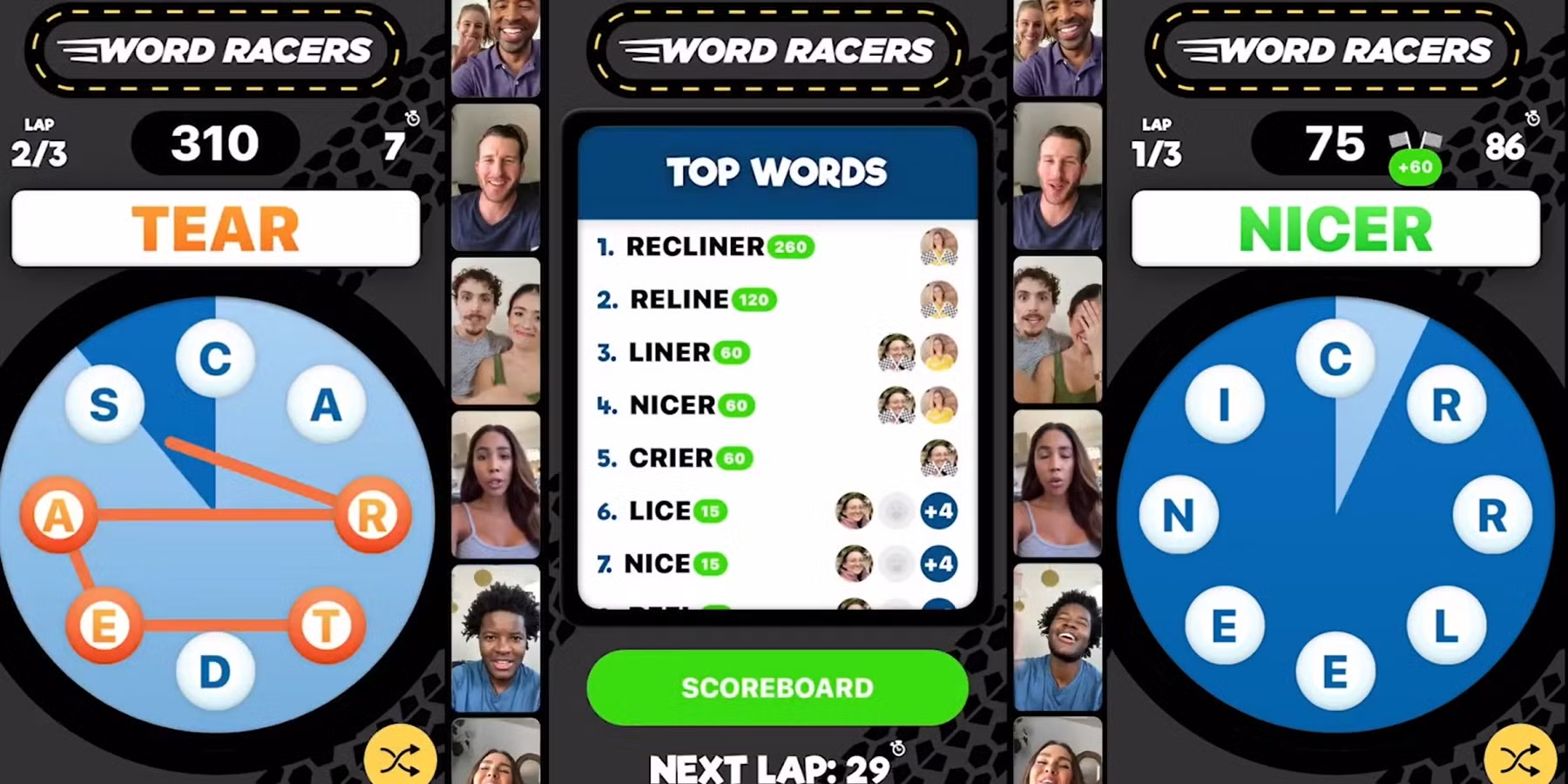Understanding the Word Racer Experience
Word racer is an innovative online typing competition platform that transforms traditional typing practice into an exciting racing experience. As a word racer, you'll compete in real-time against other players, testing both your speed and accuracy in a dynamic environment. The word racer platform combines educational value with competitive gaming elements, making it an engaging way to improve your typing skills.
Core Features of Word Racer
Every word racer session offers unique challenges through carefully selected text passages. The word racer interface displays your real-time typing speed, accuracy metrics, and relative position against other racers. Advanced word racer features include personalized statistics tracking, achievement systems, and global leaderboards that showcase the fastest typists worldwide.
Getting Started with Word Racer
Beginning your word racer journey is straightforward. Simply choose a race type, wait for other word racer participants to join, and start typing when the countdown ends. The word racer system highlights your progress in real-time, showing exactly where you are in the text compared to other racers.
Advanced Word Racer Techniques
Speed Optimization
Successful word racer competitors focus on maintaining a balance between speed and accuracy. Advanced word racer techniques include proper finger positioning, rhythm maintenance, and anticipatory reading of upcoming text.
Practice Strategies
Dedicated word racer practice sessions help develop muscle memory and improve typing efficiency. The word racer platform offers various practice modes, including solo races and ghost races against your previous best times.
Educational Benefits
Word racer provides more than just entertainment; it's a powerful educational tool. Regular word racer practice has been shown to significantly improve typing speed, accuracy, and overall keyboard proficiency. The competitive nature of word racer motivates consistent practice and skill development.
Professional Development
In today's digital world, typing efficiency is crucial. Word racer training helps develop skills that are valuable in professional settings. Many word racer enthusiasts report improved workplace productivity and reduced typing-related fatigue after regular practice sessions.
Community and Competition
The word racer community is vibrant and supportive, offering opportunities to connect with typing enthusiasts worldwide. From casual word racer matches to competitive tournaments, players can find their preferred level of engagement and challenge.
Common Word Racer Questions
What makes a good word racer?
A successful game combines speed, accuracy, and consistency. Top word racer players typically maintain typing speeds above 80 words per minute while keeping accuracy above 95%.
How often should I practice word racer?
Regular game practice sessions of 15-30 minutes daily typically yield the best results. The word racer platform tracks your progress, helping you set and achieve improvement goals.
Can word racer help with my professional skills?
Absolutely! Game training develops transferable skills valuable in many professional contexts. The focused practice environment of word racer helps build typing proficiency that carries over into daily work tasks.
Is word racer suitable for beginners?
Yes, the game platform accommodates all skill levels. Beginner word racer matches group players of similar abilities together, ensuring fair and enjoyable competition while maintaining opportunities for improvement.
Additional Typing Game Questions
How can I improve my typing accuracy?
Focus on accuracy before speed. Start by typing slowly and deliberately, ensuring each keystroke is correct. Practice proper finger placement on the home row keys, and gradually increase your speed while maintaining precision. Regular practice sessions of 15-20 minutes are more effective than lengthy, irregular sessions.
What are the health considerations for extended typing sessions?
Maintain proper posture with your feet flat on the floor and your arms at a 90-degree angle. Take regular breaks using the 20-20-20 rule: every 20 minutes, look at something 20 feet away for 20 seconds. Consider using an ergonomic keyboard and maintaining proper wrist position to prevent strain injuries.
How can I track my typing progress effectively?
Keep a log of your daily typing statistics, including speed, accuracy, and practice duration. Set realistic improvement goals and celebrate small victories. Consider recording your error patterns to identify specific areas needing improvement. Many users find that tracking their progress increases motivation and helps maintain consistent practice habits.
What role does keyboard choice play in typing performance?
Different keyboard types can significantly impact typing performance. Mechanical keyboards often provide better tactile feedback and durability, while membrane keyboards are typically quieter and more affordable. Consider factors like key travel distance, actuation force, and keyboard layout when choosing your typing equipment. Some users prefer split keyboards or ergonomic designs for improved comfort during extended sessions.




